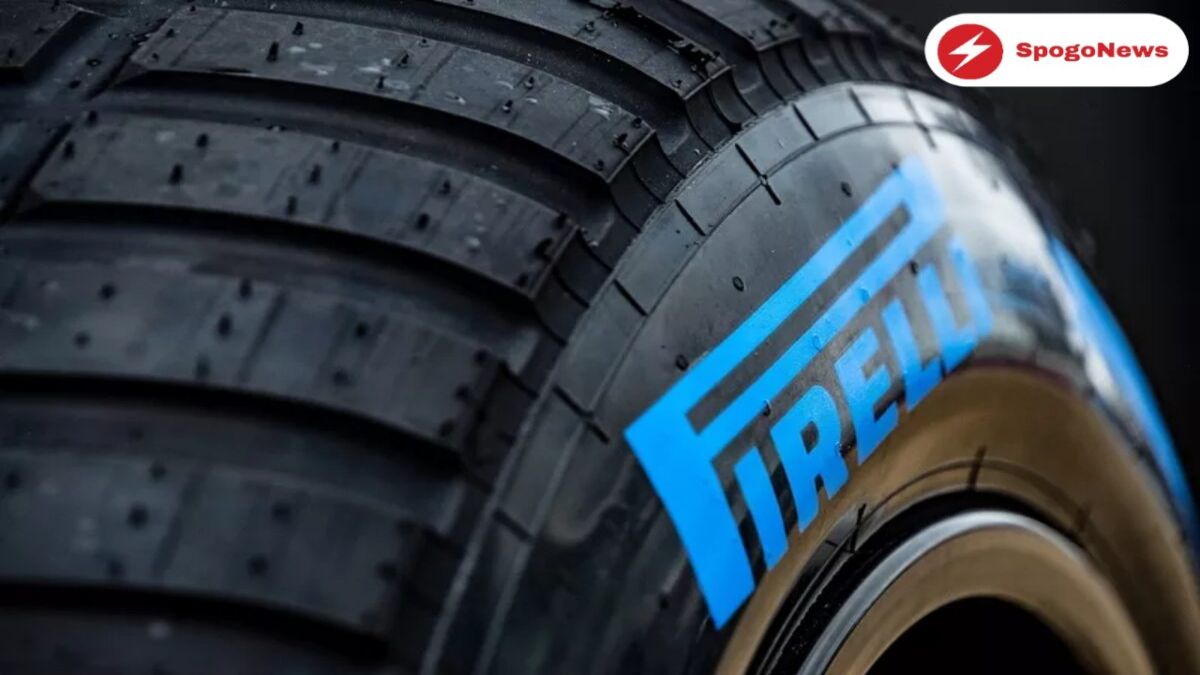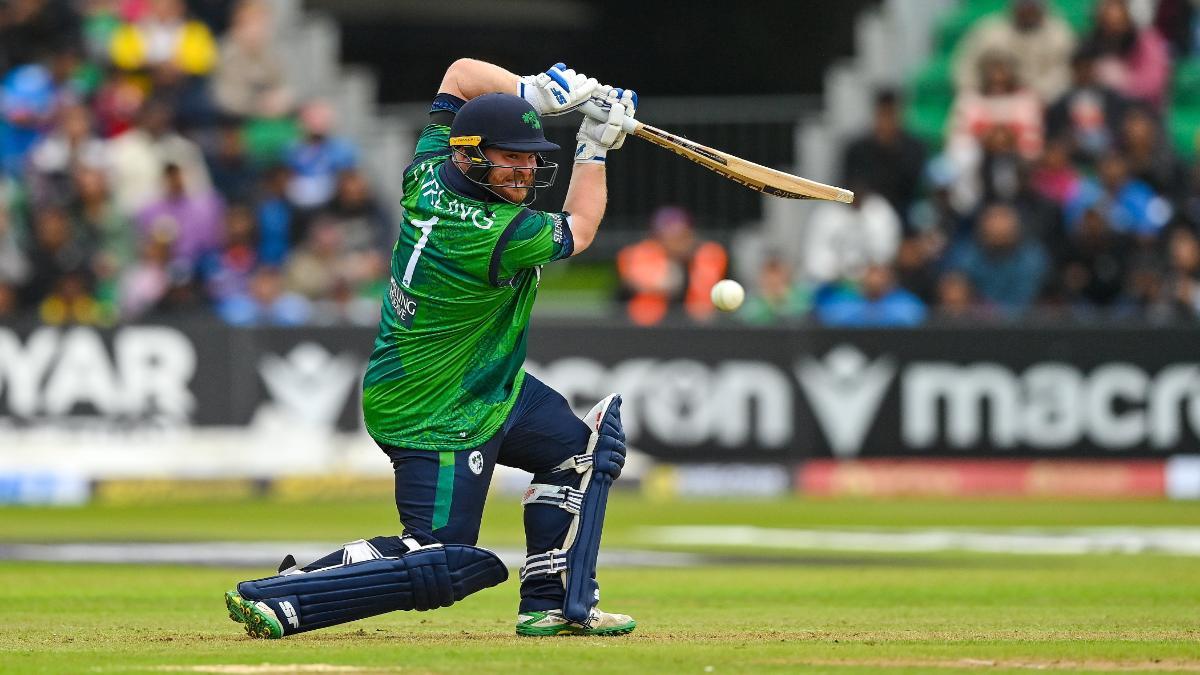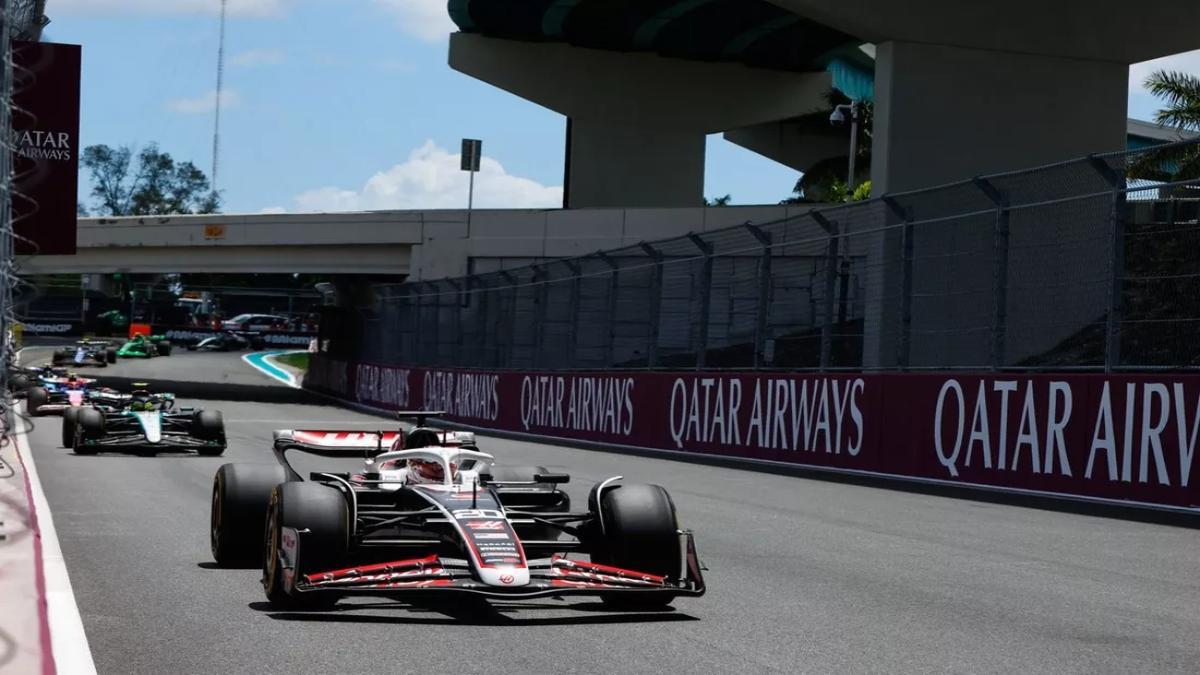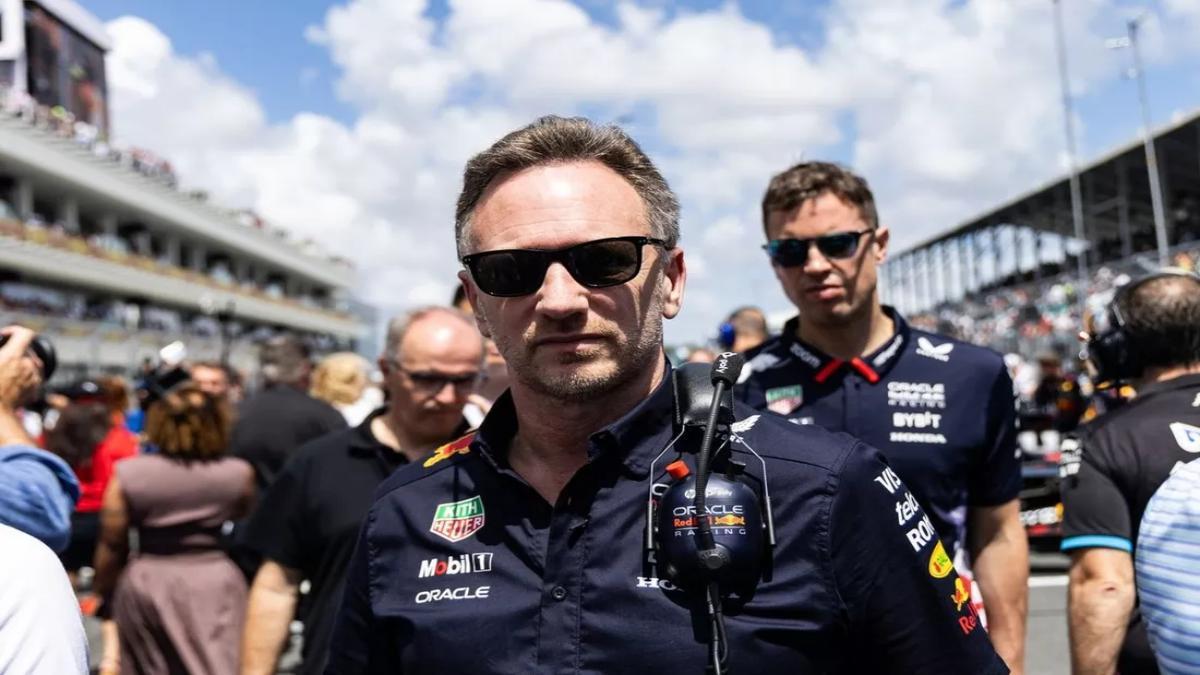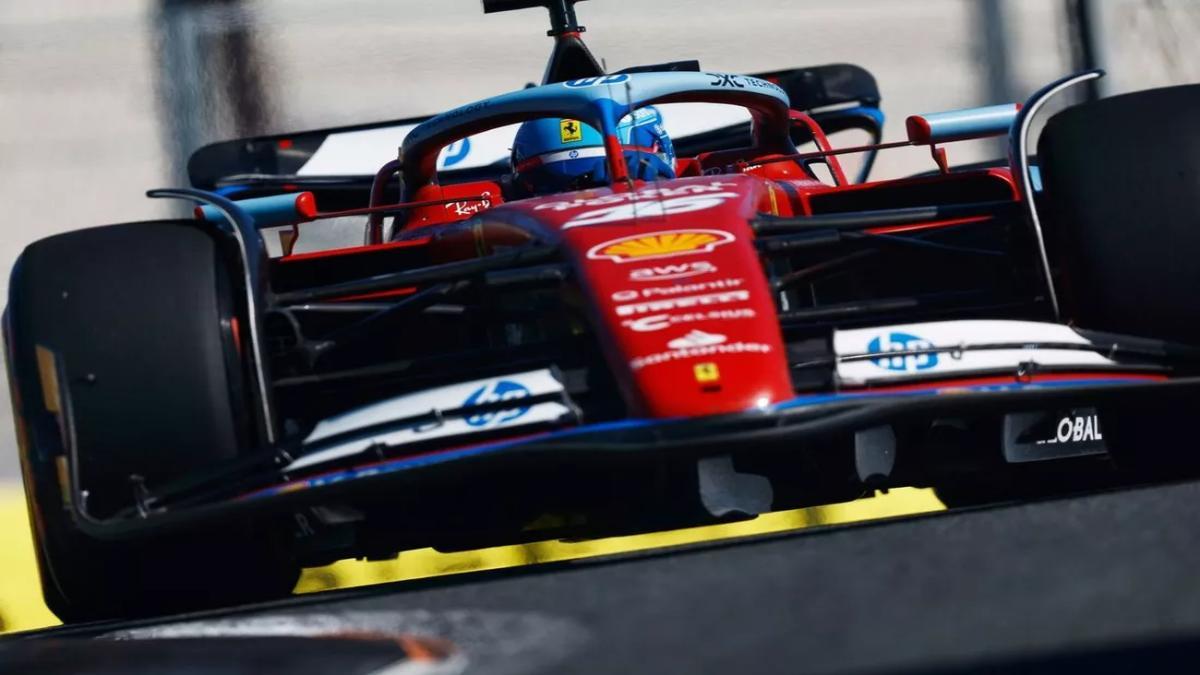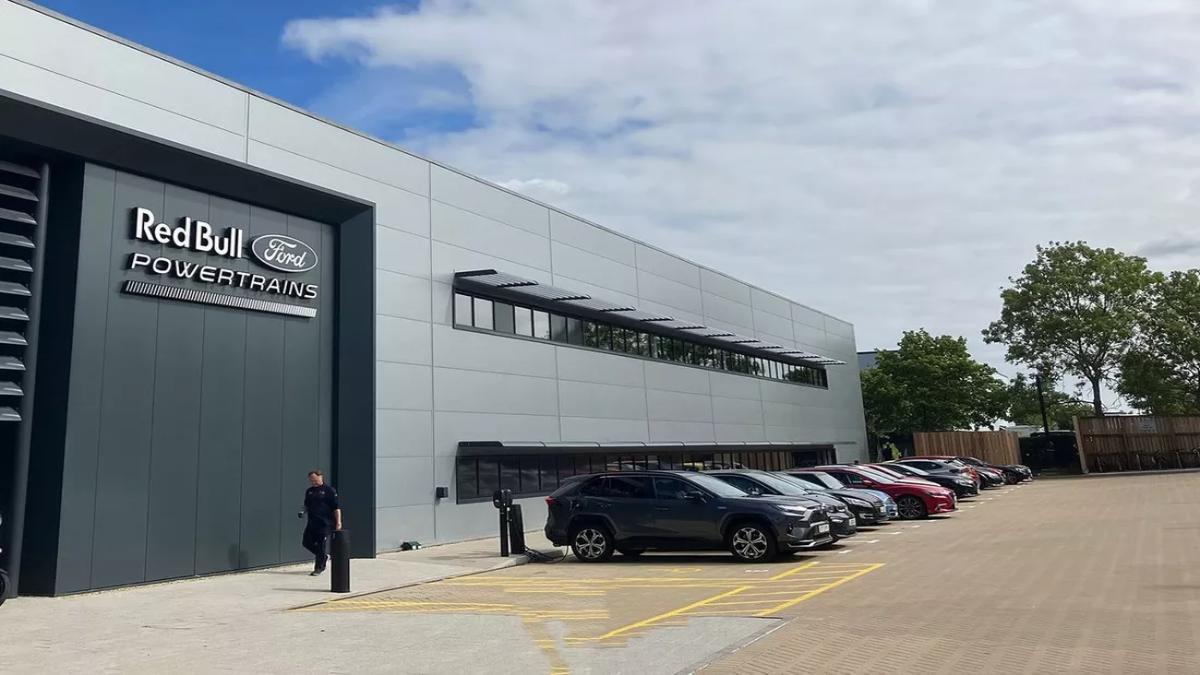(Motorsports news) Rain delayed the start of the Saturday sprint race at Spa, and when it did, the cars had to run on fully wet Pirelli tires behind the safety car as required by the rules before the field was freed. After that, half of the cars entered the intermediates straight away, and the remaining half did the same after the first flying lap. Only the double stacking and pitlane traffic issues prevented everyone from entering right immediately.
The catch-22 is that if it’s raining hard enough to require the wet, then visibility issues mean that the cars cannot run at racing speeds. Drivers were quick to point out after the race that the full wet tyre is “pointless,” as GPDA director George Russell put it. Spa demonstrated this once again. With the complete wets being abandoned in favor of a single “super intermediate” by Pirelli that would perform well in all wet circumstances as a result of the discussion, drivers would effectively be able to transition from safety car running to racing with the same tyre.
Pirelli has had to invest a lot of time and energy developing wets and intermediates during its time in the sport. The transition to blanket-free wets, which were first raced in Monaco and will be joined by intermediates in 2024, has been a useful recent development.
Mario Isola, CEO of Pirelli F1, said, “I think we need to divide two difficulties first. “The wet’s performance is one. The visibility is one. I can tell you that when we were creating the blanket-free tyres, we discovered a performance that was significantly superior to the traditional wet tyre.
“We took a step, maybe it’s not enough. We discovered that Fiorano and Paul Ricard were five to six seconds faster than the previous wet, cold circumstances because the major concern was to determine whether they were having trouble warming up without covers. The idea is that this performance might not be sufficient to produce the proper crossover with the intermediate at this time.
Pirelli consistently struggles with wet and intermediate development because it relies on tests at intentionally sopped-in courses. “The crossover was approximately 115-6%, which is the appropriate number for taking into account the crossover between intermediate and wet, according to the data that we had from the past. This means that, using the data gathered, we must improve the wet tyres’ performance in order to reach the proper crossover with intermediates. The first point is that.
Also read: According to Wolff, the failure of Williams’ capex push was caused by “bandwagon” F1 teams


